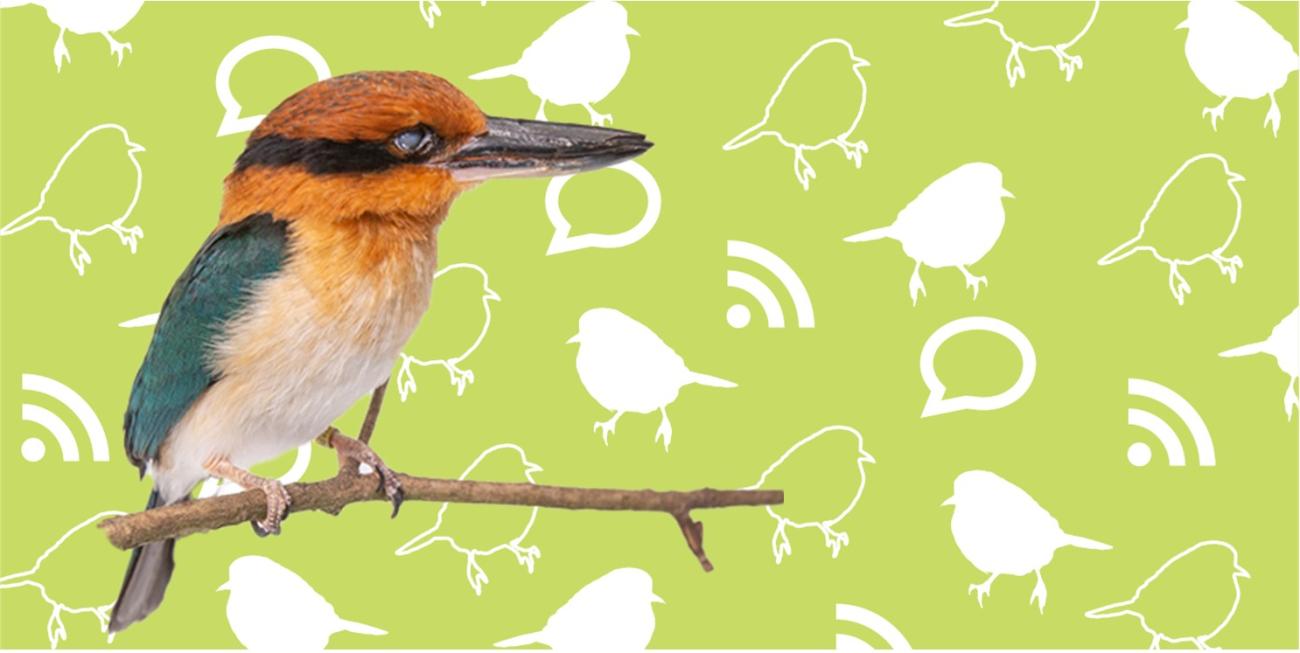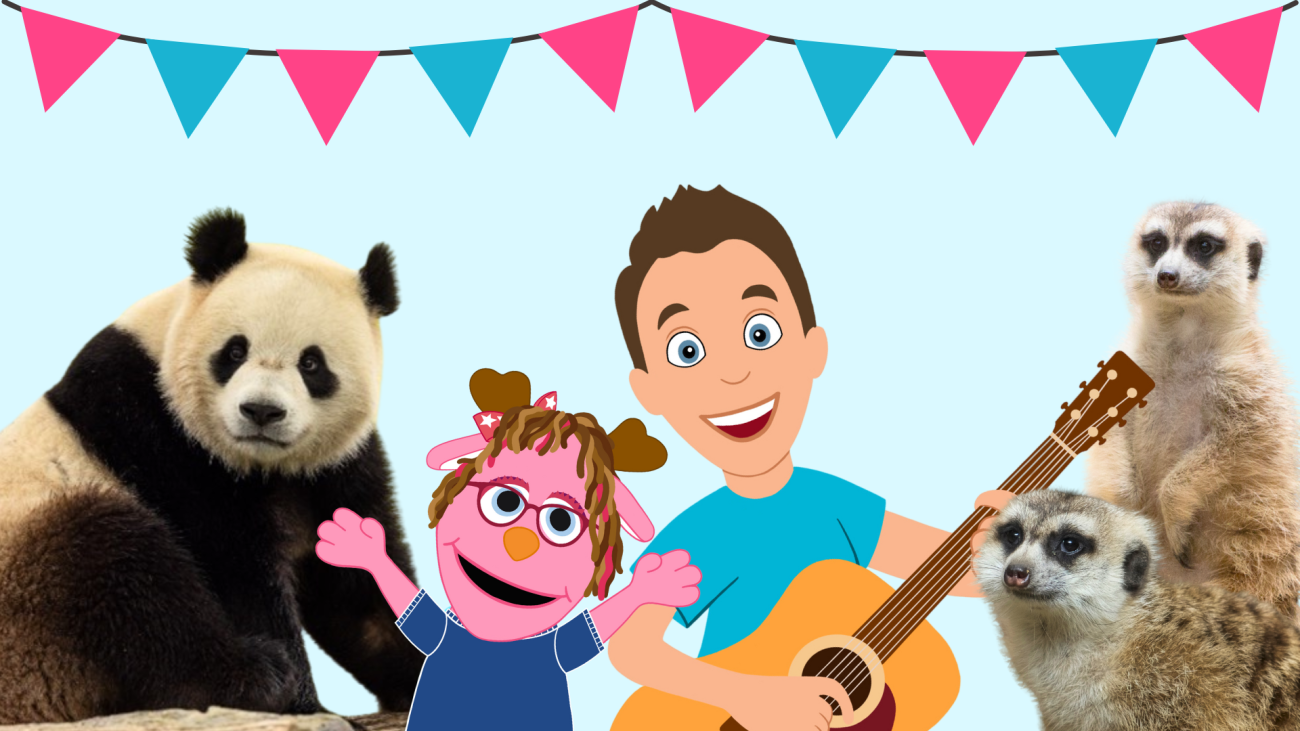What is conservation? Why is it important? Caring About Conservation explores the meaning of "conservation," some of the animals Smithsonian scientists are trying to save, and what we can all do to protect wildlife.
This virtual school program is part of Conservation Classroom, a collection of monthly lessons for K-5 students. Each lesson has four elements: wonder (video), engage (live virtual program), act (activities), and connect (video). Follow along with all four parts or pick and choose the videos and activities you want to explore.
K-5
Supports NGSS K-LS1-1, K-ESS2-2, K-ESS3-1, K-ESS3-3, K-2-ETS1-1, K-2-ETS1-2, 2-LS4-1, 3-LS2-1, 3-LS4-3, 3-LS4-4, 3-5-ETS1-2
Conservation, sustainability, animals, wildlife, science
Cause and effect, systems and system models, structure and function, and stability and change
Free
Wonder
I wonder... what is conservation? Bring your curiosity along on an adventure to discover what conservation means and what it has to do with animals.
Preguntarse
Me pregunto… ¿qué es la conservación? Lleva tu curiosidad a una aventura para descubrir qué significa conservación y qué tiene que ver con los animales.
Engage
Access the recording to enjoy the program that aired on January 22, 2025.
In this free, live virtual program, students learned about wildlife conservation and met some of the animals Smithsonian scientists are working to save.
Want to explore conservation with other animals? Check out last year's recording. Passcode: i*!Y89NJ
Language & Access: English, Spanish (simulcast), American Sign Language interpretation, and live English captions.
Comprometer
Accede a la grabación para disfrutar del programa que se emitió el 22 de enero de 2025.
En este programa virtual gratuito y en vivo, los estudiantes aprendieron sobre la conservación de la vida silvestre y conocieron a algunos de los animales que los científicos del Smithsonian están trabajando para salvar.
¿Quieres explorar la conservación con otros animales? Mira la grabación del año pasado. Código de acceso: i*!Y89NJ
Idioma y acceso: inglés, español (transmisión simultánea), interpretación en lenguaje de señas americano y subtítulos en inglés en vivo.
Act
During the program, follow along with a conservation actions matching activity. Then, complete the post-program drawing activity to reveal how you will be a conservationist. Share your drawings with us at nzp-education@si.edu.
NEW! Take your learning further with our Conservation Vocabulary, Conservation Crossword, and Sustainability Word Search. Answer keys included.
Acto
Durante el programa, siga una actividad de coincidencia de acciones de conservación. Luego, completa la actividad de dibujo posterior al programa para revelar cómo serás un conservacionista. Comparta sus dibujos con nosotros en nzp-education@si.edu.
Connect
Meet Mel, a conservation biologist who uses spy-like technology to study animals and discover how we can protect them.
Meet Erin, the Zoo's clinical nutritionist! As part of her "unZOOsual" career, Erin determines the best diets for nearly 400 species and over 2,000 animals at the Zoo.
Conectar
Conozca a Mel, una bióloga conservacionista que utiliza tecnología similar a la de un espía para estudiar animales y descubrir cómo podemos protegerlos.
¡Conozca a Erin, la nutricionista clínica del zoológico! Como parte de su carrera "no ZOOsual", Erin determina las mejores dietas para casi 400 especies y más de 2000 animales en el zoológico.
For Educators
Educator's Materials
Conservation Classroom: Caring About Conservation is best suited for grades K-5. The full lesson consists of two videos, a live program, and two activities. Refer to the Smithsonian Learning Lab collection to help teach this lesson.
Materiales para educadores: Aula de conservación: Caring About Conservation es más adecuado para los grados K-5. La lección completa consta de dos videos, un programa en vivo y dos actividades. Consulte la colección del Smithsonian Learning Lab para ayudar a enseñar esta lección.
Letter to Guardians
After participating in the live program, print or send the following letter to guardians, explaining what their student learned in this lesson and how they can continue to engage from home.
Carta para el tutor
Después de participar en el programa en vivo, imprima o envíe la siguiente carta a los tutores, explicando lo que su estudiante aprendió en esta lección y cómo pueden continuar participando desde casa.








